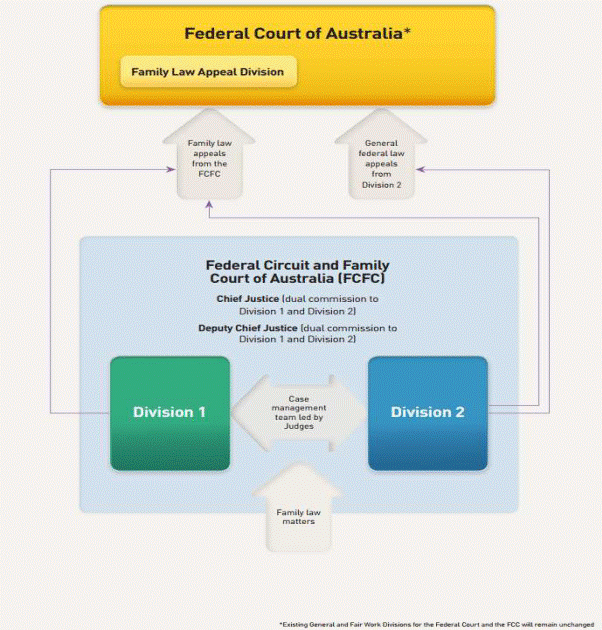Decoding Family Court Decisions, Precedents, and Legal Insights

Unveiling the Dynamics of Family Court: Navigating Decisions and Precedents
Family court proceedings delve into the intricacies of familial relationships, addressing disputes, and making decisions that significantly impact the lives of those involved. Understanding the nuances of family court decisions and the weight of legal precedents provides valuable insights into the legal tapestry that governs family matters.
The Core of Family Court Decisions
Family court decisions are at the crux of resolving various familial issues, including divorce, child custody, spousal support, and visitation rights. These decisions are meticulously crafted to ensure fairness, equity, and the best interests of all parties, especially when emotions run high and relationships undergo transformation.
Legal Precedents as Guiding Lights
Precedents are legal decisions from previous cases that serve as reference points for current and future proceedings. In family law, these precedents carry significant weight, influencing how similar cases are decided. They provide a framework for judges to consider similar circumstances and maintain consistency in legal outcomes.
Child Custody Decisions: Putting Children First
Child custody decisions are among the most delicate matters in family court. Judges prioritize the well-being of the child, considering factors such as the child’s age, relationship with each parent, and the ability of each parent to provide a stable and supportive environment. Legal precedents play a pivotal role in shaping these decisions.
Alimony and Spousal Support: Balancing Financial Equities
Decisions regarding alimony and spousal support aim to achieve financial fairness between ex-spouses. Precedents help establish guidelines for determining the duration and amount of support, taking into account factors like the length of the marriage, financial contributions, and the receiving spouse’s needs.
Visitation Rights: Ensuring Parental Involvement
When determining visitation rights, family court considers the importance of maintaining a child’s relationship with both parents. Decisions are made with the child’s best interests in mind, and legal precedents provide a roadmap for creating visitation schedules that foster a healthy parent-child relationship.
Property Division: Equitable Distribution
Family court addresses the division of marital assets and debts in divorce cases. The principle of equitable distribution guides these decisions, ensuring a fair allocation based on factors such as financial contributions, earning capacity, and the length of the marriage.
Domestic Violence Cases: Prioritizing Safety
In cases involving domestic violence, family court decisions prioritize the safety of victims. Legal precedents set the tone for handling protective orders, restraining orders, and other measures to safeguard individuals facing domestic abuse.
Mediation and Alternative Dispute Resolution: Finding Common Ground
Family court increasingly encourages mediation and alternative dispute resolution methods. These approaches aim to empower families to reach agreements outside the courtroom, fostering communication and collaboration. Legal precedents provide a backdrop for these alternative approaches.
Evolving Family Structures: LGBTQ+ Cases
Family court decisions are adapting to the evolving landscape of family structures, including cases involving LGBTQ+ families. Legal precedents play a crucial role in ensuring equitable outcomes and recognizing the diverse nature of contemporary families.
Navigating the Legal Maze
Understanding family court decisions and legal precedents is paramount for individuals navigating the legal maze of family matters. Legal professionals specializing in family law provide essential guidance, helping individuals comprehend the implications of decisions and advocating for their rights within the established legal framework.
